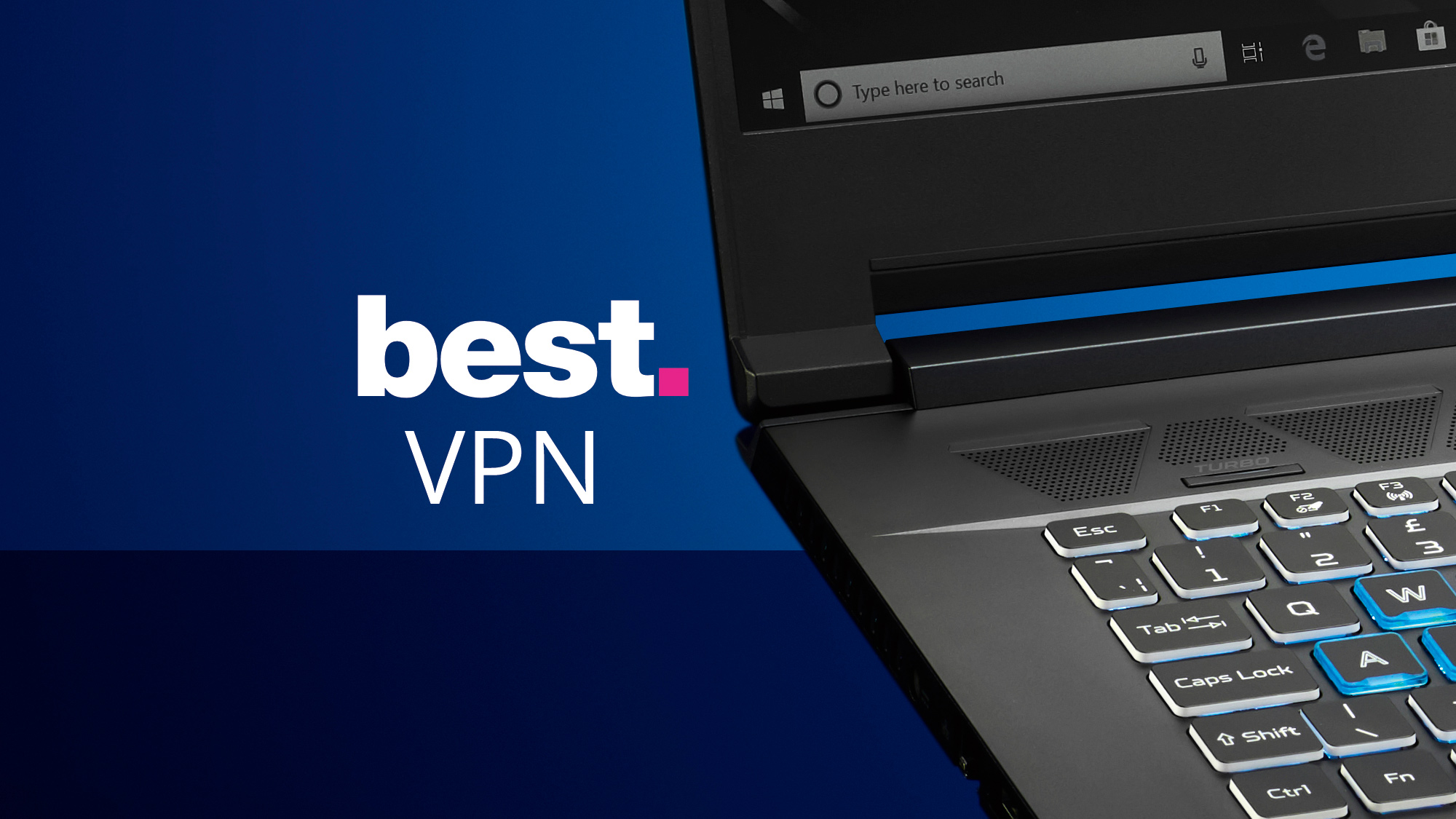Since the early days of computer technology, different classifications or types of information systems have been used in organisations to identify how information should be used, managed, and analysed.
However, there seems to be a lot of confusion around what is meant by an ‘information system’, as this is a term that can be loosely referred to many different things depending on what type of information we’re looking at and who it is being used by.
To help your understanding, we’ve put together a quick guide to the main 4 types of information systems used in an organisation according to each level of management. This includes
- Low level workers – Transaction Processing Systems
- Middle Managers – Management Information Systems
- Senior Managers – Decision Support Systems
- Executives – Executive Information Systems
At Catalyst Computers, we help you identify areas of opportunities to boost business productivity and performance across all levels of management – from low to mid, to senior and executive levels. Simply get in touch to see how we can help you!

1. Transaction Processing Systems – For Low Level Workers
Transaction processing systems are at the most foundational and basic level of information systems for a business organisation. This is because transaction processing systems are often the first step in acquiring basic information that is later used by higher management to make better business decisions.
Transaction processing systems are involved in things such as payroll, tracking stock, order processing, and more. All of these processes are carried out by the lower level of employees within an organisation or business.

2. Management Information System – For Middle Managers
In the next level up we have Management Information Systems which deal with merging, sorting, and organising the data received in the Transaction Information Systems. This information is still relatively well structured for middle managers to gain a better picture of how information is being managed by the organisation.
Some examples of management information systems include inventory control systems, sales management systems, Human Resource Management systems, and more.
For smarter solutions on managing your information systems, choose none other than Catalyst Computer’s Business IT Support Services

3. Decision Support System – For Senior Managers
Decision Support Systems are used for ‘what if’ analysis, taking the data we have and projecting solutions for areas of concern. This usually involves pulling different types of data and requires a high level of interactivity as it is often used for less structured challenges in an organisation.
An example of a decision support system in use would be comparing sales data between two different time periods. This information could help identify what sort of trend we could see happening in the future or how the company’s process could be improved.

4. Executive Information System – For Executives
Executive Information Systems are one step up from Decision Support Systems in that it has a more user-friendly interface that provides key information for business decision making.
It often encompasses a ‘drill down’ feature which provides not only an overview of how the organisation is performing in various departments and areas, but can also be narrowed down to specific aspects of information.
Executive Information Systems are used to compare, analyse and focus on different variables – often being in the form of a digital dashboard, analytic tool, reporting dashboard, etc.
Get More Performance & Productivity With Your Business IT Systems at Catalyst Computers
Understanding the types of information systems for a business organisation is incredibly useful to pinpoint what type of IT infrastructure you may need to improve your business performance. At Catalyst Computers, we help you identify any weak points within your business workflow that may be holding you back in getting the results you’re after.
For an all-in-one, comprehensive and powerful IT service for your business for your business, get in touch today and talk to our team about our Business IT Support Services. Call or fill out an online contact form and we’ll be in touch with you as soon as possible.






